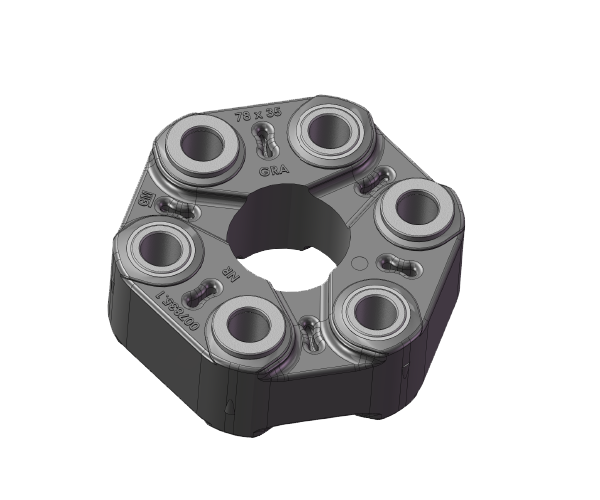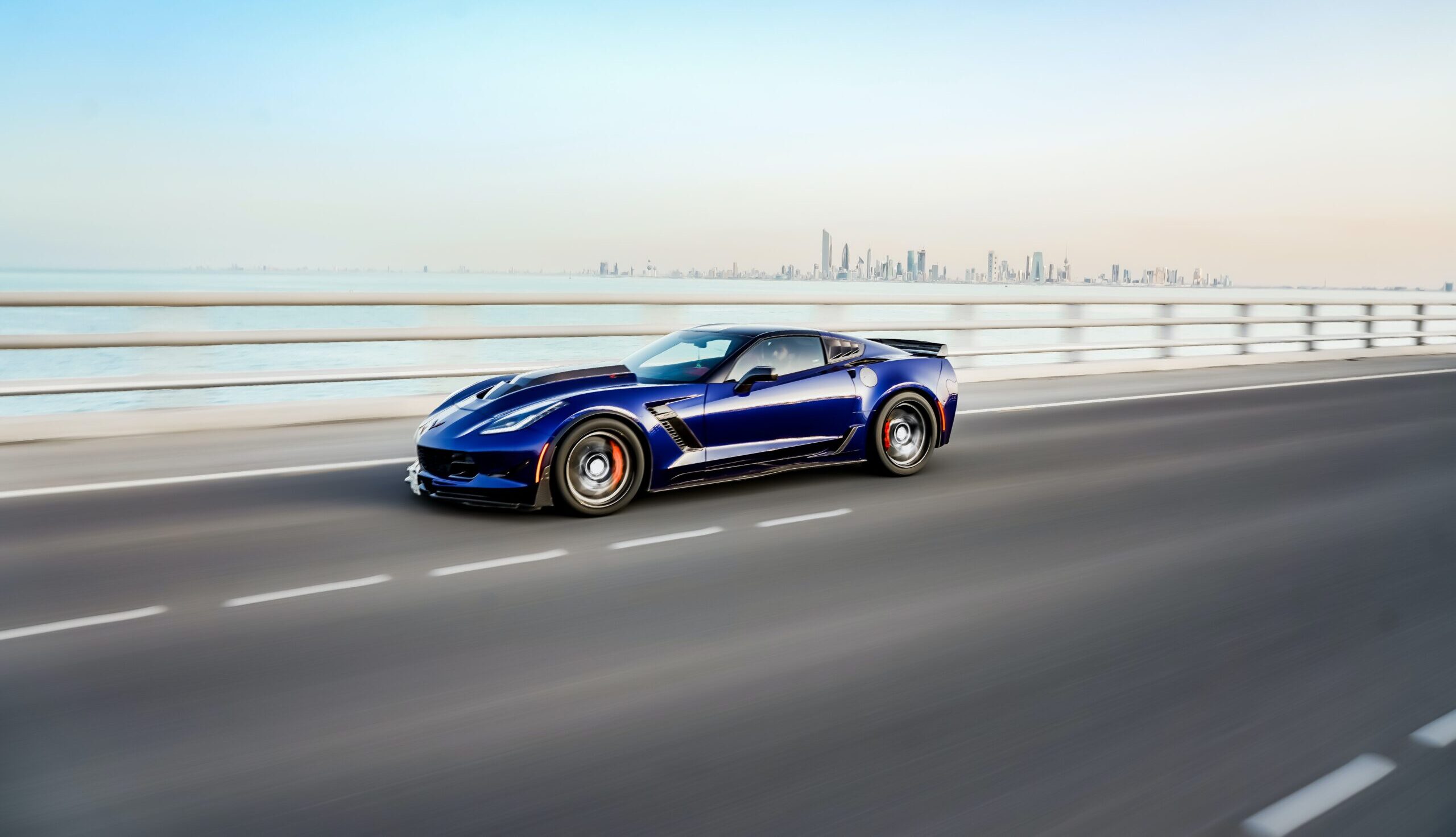
General Motor’s ZR1 Corvette
Unidrive was developing the driveshaft for this powerful engine that could handle speeds of 200mph and 6,600rpm. They turned to Gulf to design and manufacture the critical rubber couplings that could handle these extreme requirements.
The Challenge
The Corvette has a 6.2L V8 supercharged engine producing 620HP, 823Nm of torque through the driveline. This generates operating temperatures of up to 120 degrees Celsius inside the torque tube, the ZR1 Corvette truly is a hot car. In fact, it’s the most powerful Corvette ever built. Used for Indy 500 racing, it reaches speeds of up to 200mph.
One of the key components of such a high specification vehicle is the driveshaft, which was developed by Unidrive, an Australian-based supplier of boutique prop shafts. As part of their design, they required special rubber couplings to connect the engine to the gearbox and reduce vibration and wear.
The Application
The ZR1 is a unique and extreme application for a rubber coupling with very challenging parameters. The couplings needed excellent fatigue and durability properties in order to endure high torque loads of up to 1,800Nm, temperatures of up to 120 degrees Celsius and rotational speeds of up to 6,600rpm.
Maximum precision was required as the clearance space between the coupling and the lining of the torque tube was less than 2mm, and an angular misalignment of up to 1 degree had to be factored in.


To meet the tough specifications, we developed a design with six mushroom head bushes instead of three, which had not been manufactured before by any our competitors.
Sales Manager, Gulf Australia
Key Outcomes
Using technical expertise in this sector, our engineers were able to precisely calculate the rubber coupling strength required and design all components accordingly. This included the rubber, nylon yarn, a steel mushroom head bush and steel collars.
To achieve the material strength required, purpose built nylon loops were assembled into a nest and rubber overmolded. The parts were then tuned and tested to meet stiffness, durability and fatigue specifications.
A key success factor was the test equipment. Having test rigs that can simulate the exact situation in the vehicle allowed Gulf to confirm that their design met all requirements without the customer having to test it first.
- High torque loads of up to 1,800Nm
- Temperatures of up to 120 degrees Celsius
- Maximum rotational speed of 6,600rpm.
- Clearance of less than 2mm between coupling and inside of torque tube
- Angular misalignment of up to 1 degree
- New bush with aluminum flange, allowing M12 bolt torque to 110Nm with no bush deflection under bending loads

